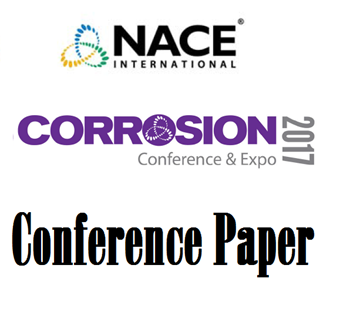Search
51314-4344-An Examination of the Realities of the Plant Buried Piping Environment Via Measured Potentials
Also Purchased
11181 Methodology for Surveying Buried Plant Piping for Coating Condition and CP Effectiveness
Product Number:
51300-11181-SG
ISBN:
11181 2011 CP
Publication Date:
2011
$20.00
Cathodic Protection Coupon Use for Buried Piping in Plant (i.e. Complex) Facilities
Product Number:
51317--8824-SG
ISBN:
8824 2017 CP
Publication Date:
2017
$20.00
03713 PROBLEMS ASSOCIATED WITH REMOTE ANODE BEDS IN A VERY LOW RESISTIVITY SOIL FOR THE PROTECTION OF PIPING NETWORK IN THE CONGESTED AREAS OF A PETROCHEMICAL COMPLEX
Product Number:
51300-03713-SG
ISBN:
03713 2003 CP
$20.00




